It’s a holy week for the Christian world, a time for remembering the last week of the life of Jesus Christ. At this time of year, some may wonder how Mormons celebrate Easter.
Our formal church celebrations often include an Easter program during the sacrament meeting service, with music and people speaking and/or sharing scriptures. Also, we have a semi-annual General Conference every year during the first weekend in April (coming this weekend), and thus always falls close to (or on) Easter. During conference, we hear many inspiring talks (such as these) from prophets and apostles and other church leaders about the Savior, His life, death, and resurrection — and what His Atonement means for us in our lives.
We rejoice in the reality that “in Christ shall all be made alive.”
Following are some links that illustrate some ways Mormons celebrate Easter:
Read about some LDS families’ Easter traditions here and here.
Emphasize the Spiritual Events of Easter — Mormons will still often do some of the non-spiritual parts of Easter (bunnies, candy, baskets, etc.), but we try to keep the real meaning of Easter on the forefront of our minds and for our children. This post shares some ways Mormons might do this.
Some Mormons use something like this lesson (or a variation of it) in their families or while teaching children or youth at church. (See a picture below of a recent Family Home Evening where a nine-year-old child chose this lesson.)
Here’s another Family Home Evening lesson idea for Easter. And another here. And here is one person’s idea for an Easter program that could be done at home. (There are probably myriad such lessons out there. One of the things that our Church does is encourage personal and family study in ways that we feel inspired to do it. The week leading up to Easter is a time where such personal choice plays out.)
This link has a lot of information, including links to Sunday church class lessons that children might receive near Easter, Primary songs, and family activity ideas.
Mentioned in the previous link is the Mesa, Arizona Easter pageant, which has been going since 1924. It is the largest Easter pageant in the world.
An Easter Conference was held a few years ago at Church-owned Brigham Young University, with talks focusing on different elements of the Savior’s life and Atonement.
While as a church body, we don’t formally celebrate the days of Holy Week, many Mormons do find ways to recognize each day during the week. For example, see this page for scriptural reflection on the Savior’s last week of mortal life, or these Easter Season Materials, a more extensive exploration of these events.
Easter season (usually Easter Sunday) often means family meals; each family will have its own food traditions. Some eat fish and honeycomb. Others do a ham dinner. Some have breakfast traditions. Some families may eat foods such as hot cross buns (one family’s recipe is here).
Speaking of crosses, you might be interested in why Mormons don’t wear or use the cross as a symbol in or on our church buildings or temples. President Gordon B. Hinckley answered this question in this address, given in 2005. He had received the following question:
“I’ve been all through this building, this temple which carries on its face the name of Jesus Christ, but nowhere have I seen any representation of the cross, the symbol of Christianity. I have noted your buildings elsewhere and likewise find an absence of the cross. Why is this when you say you believe in Jesus Christ?”
President Hinckley’s response was this:
“I do not wish to give offense to any of my Christian colleagues who use the cross on the steeples of their cathedrals and at the altars of their chapels, who wear it on their vestments, and imprint it on their books and other literature. But for us, the cross is the symbol of the dying Christ, while our message is a declaration of the Living Christ.”
That probably sums up our feeling about Easter most succinctly. Easter is a day of rejoicing, for death has been overcome for all because of the Savior, Jesus Christ.
Jesus is the Christ! He broke the bands of death. He is our Savior and Redeemer, the very Son of God. And He will come again as our resurrected Lord. That day is not far distant. It is evident to all who accept the Savior’s literal resurrection that life does not end at death. Our Lord promised, “Because I live, ye shall live also.” (John 14:19.) –President Ezra Taft Benson, 13th President of The Church of Jesus Christ of Latter-day Saints




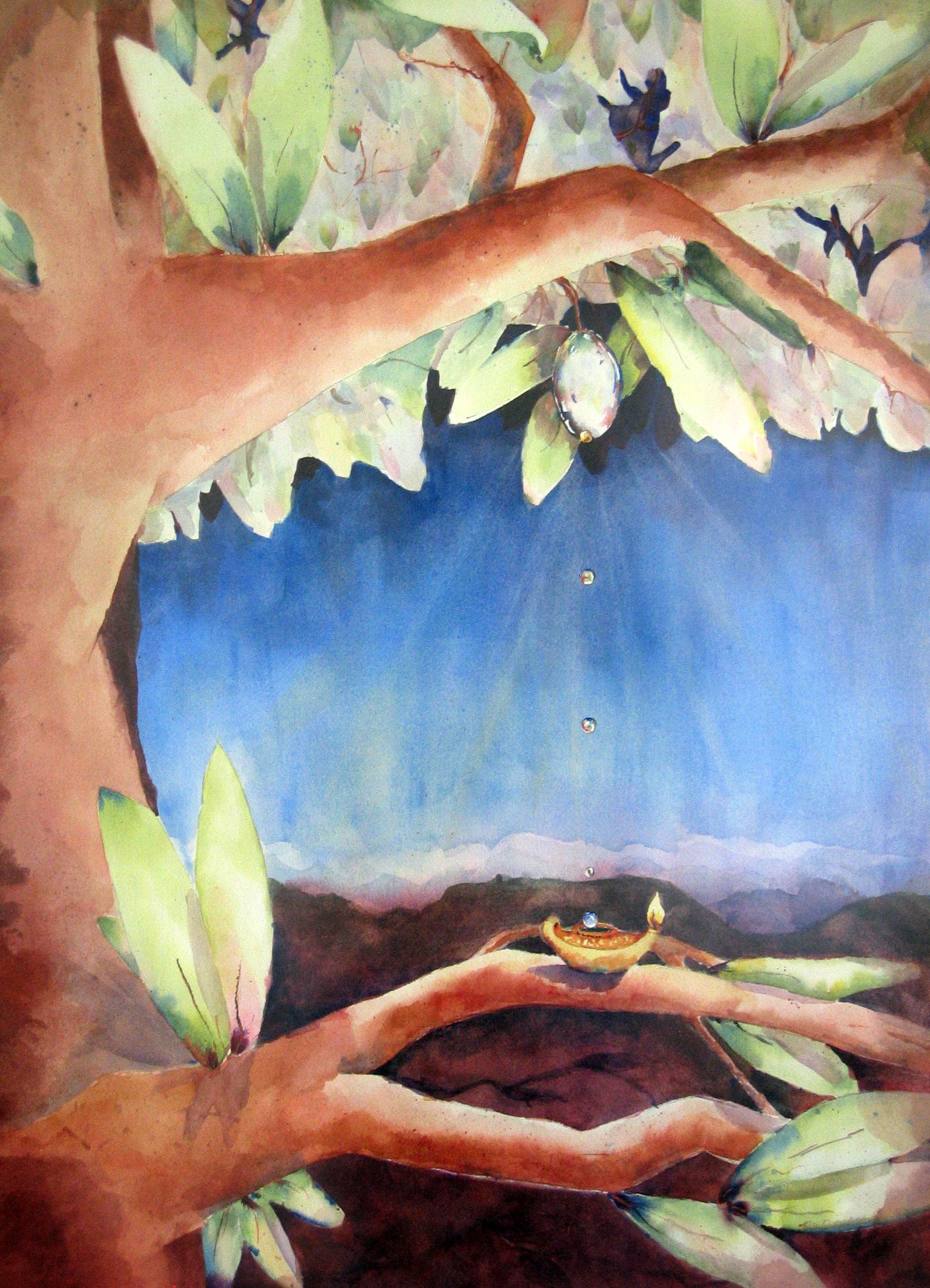
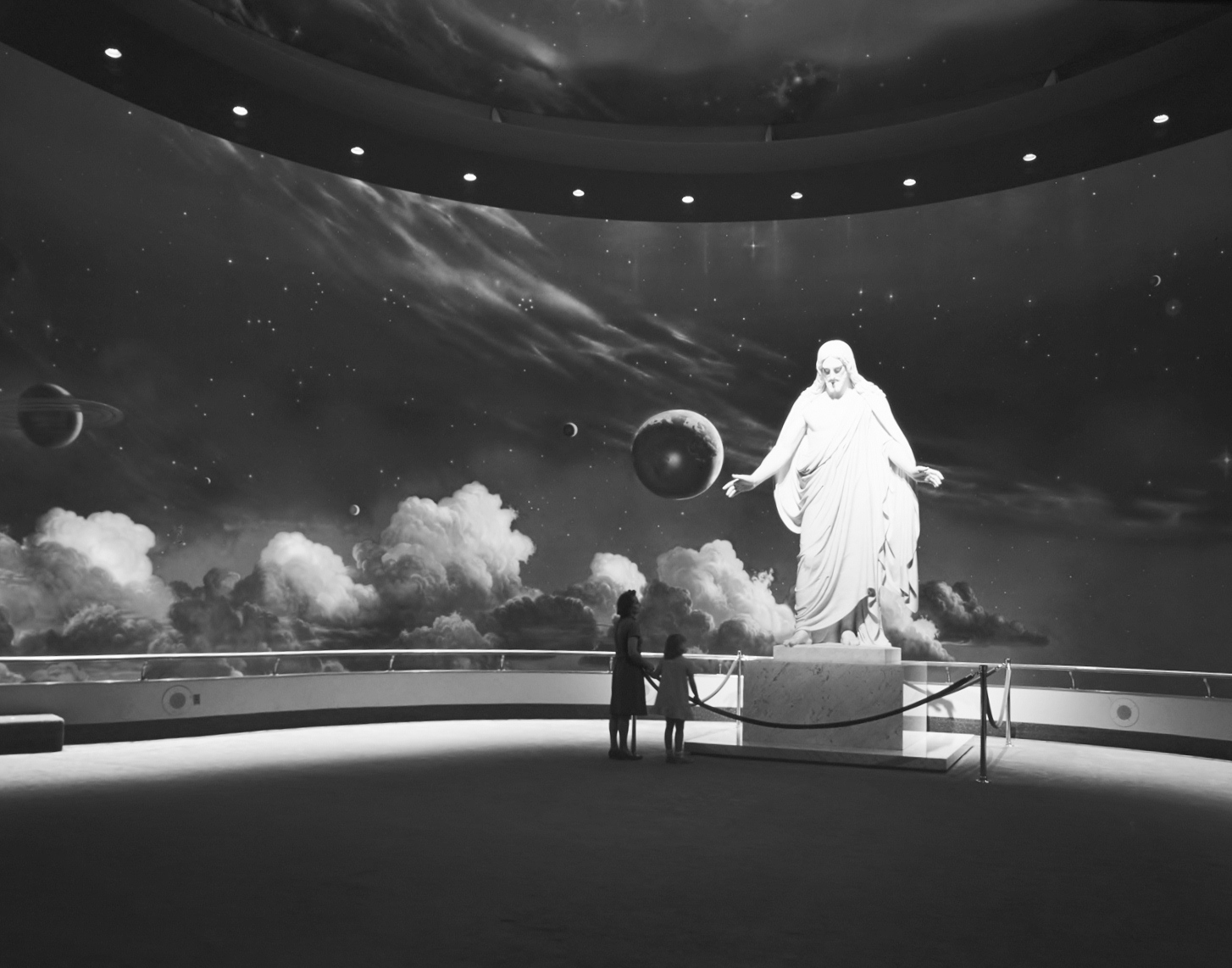

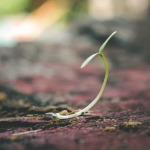

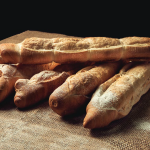
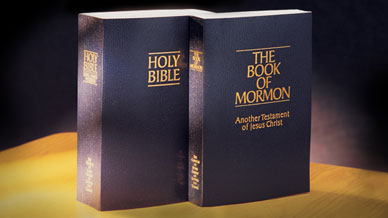

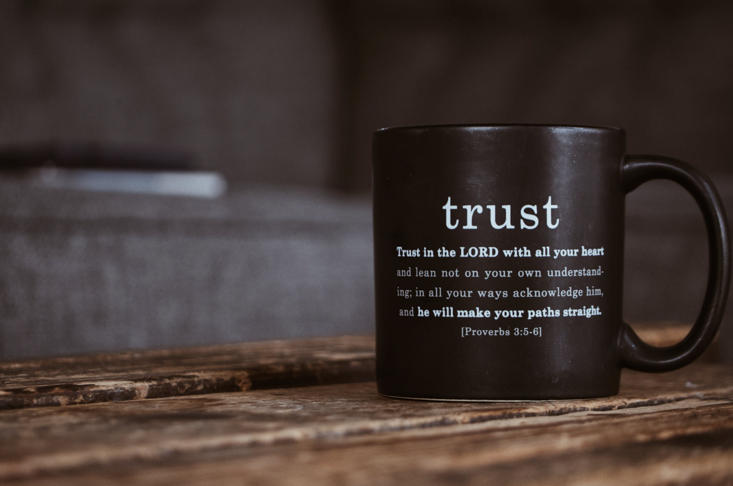

Is it EASTER or PASSOVER ???
It’s Easter on Sunday, but Passover for Jews is around this same time of year.
That said, we believe that the Savior instituted the sacrament to replace the Passover. Members of The Church of Jesus Christ of Latter-day Saints partake of the sacrament every Sunday during sacrament meeting.
Elder Howard W. Hunter (who later became the 14th president of the Church) taught that at the Passover meal that is now known as the Last Supper, “the bread and wine [we now use bread and water], rather than the animals and herbs, [became] emblems of the great Lamb’s body and blood, emblems to be eaten and drunk reverently and in remembrance of him forever.
“In this simple but impressive manner the Savior instituted the ordinance now known as the sacrament of the Lord’s Supper. With the suffering of Gethsemane, the sacrifice of Calvary, and the resurrection from a garden tomb, Jesus fulfilled the ancient law and ushered in a new dispensation based on a higher, holier understanding of the law of sacrifice. No more would men be required to offer the firstborn lamb from their flock, because the Firstborn of God had come to offer himself as an ‘infinite and eternal sacrifice’ ” (in Conference Report, Apr. 1985, 22; or Ensign, May 1985, 19).